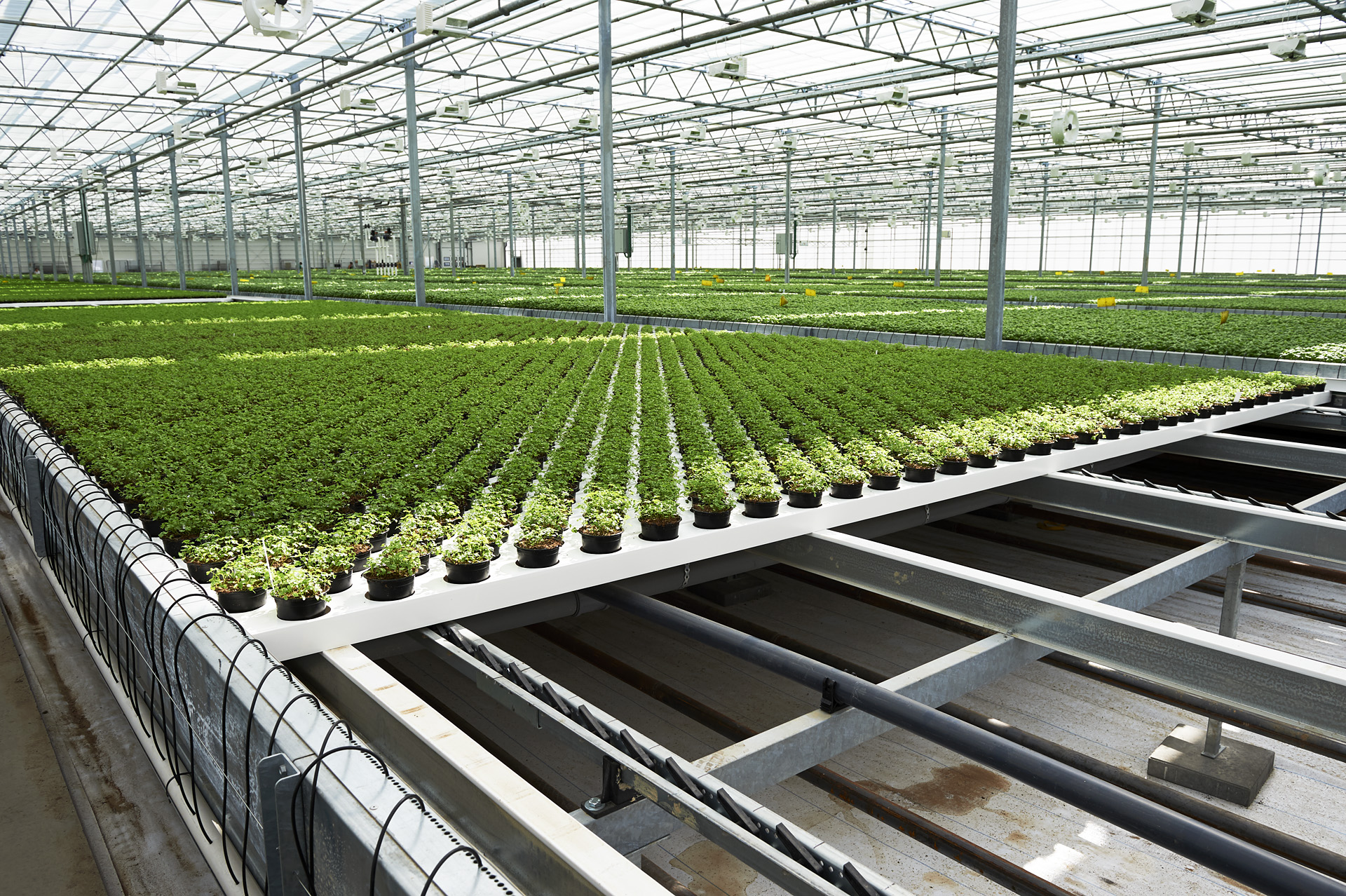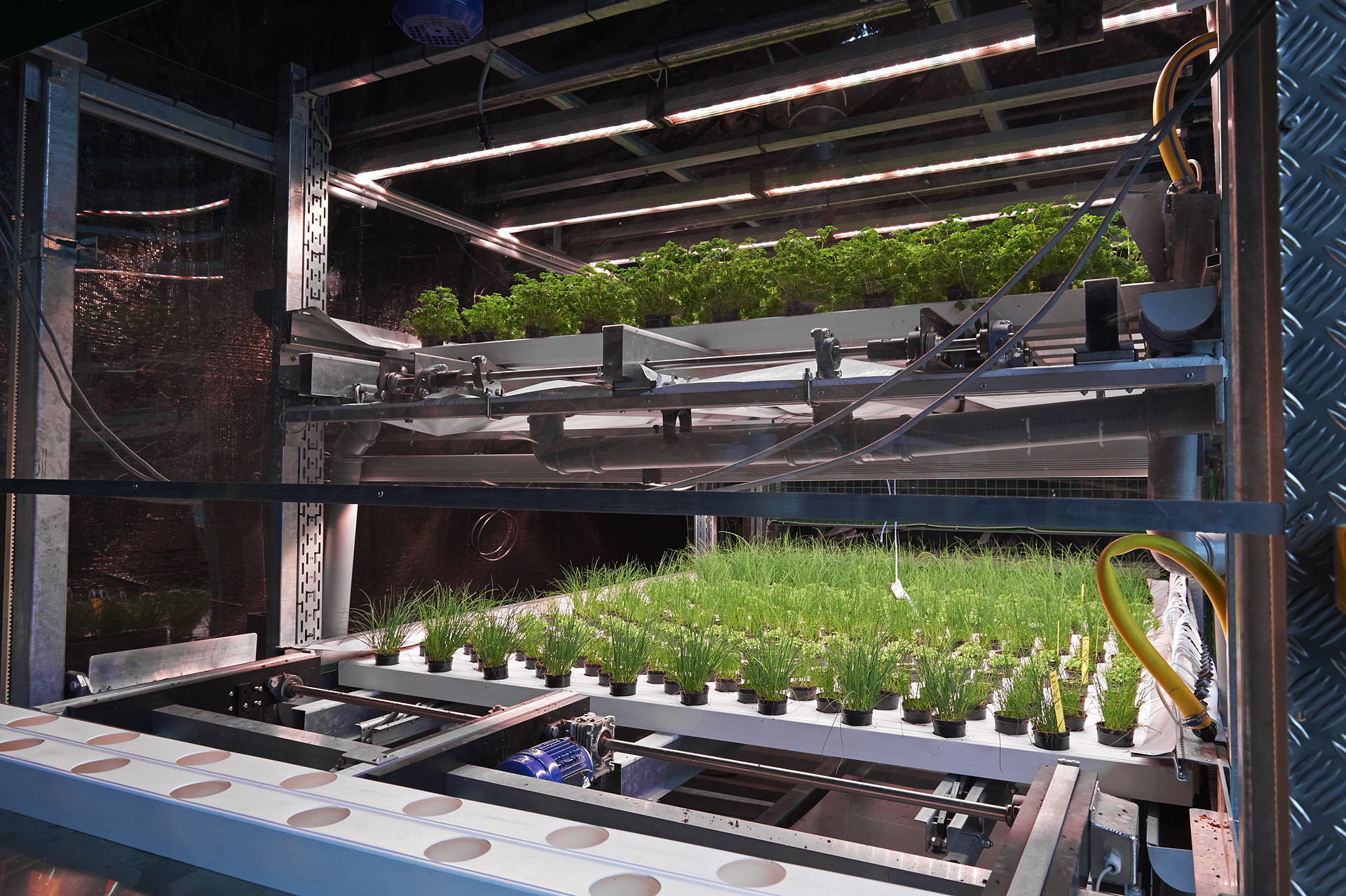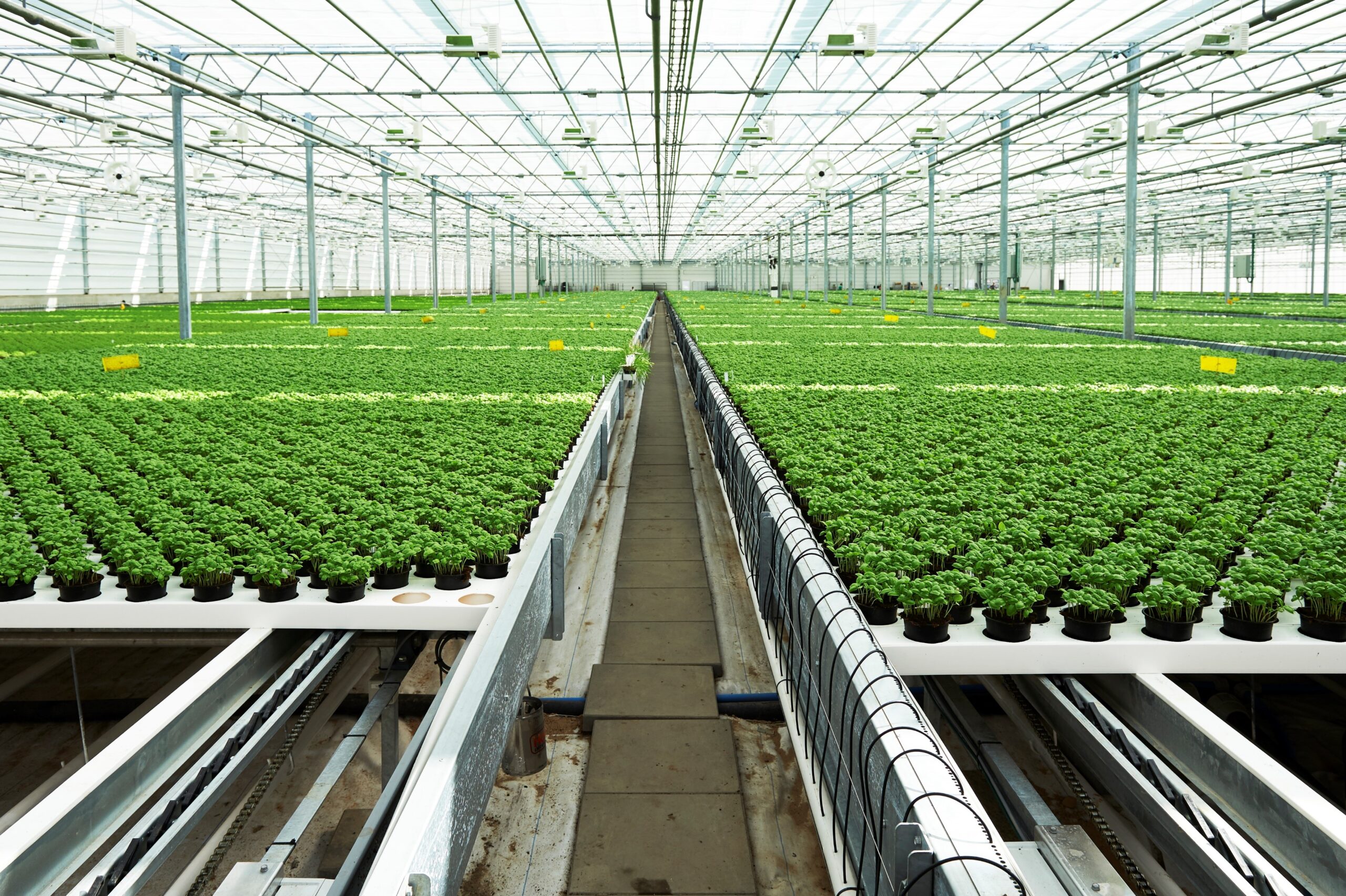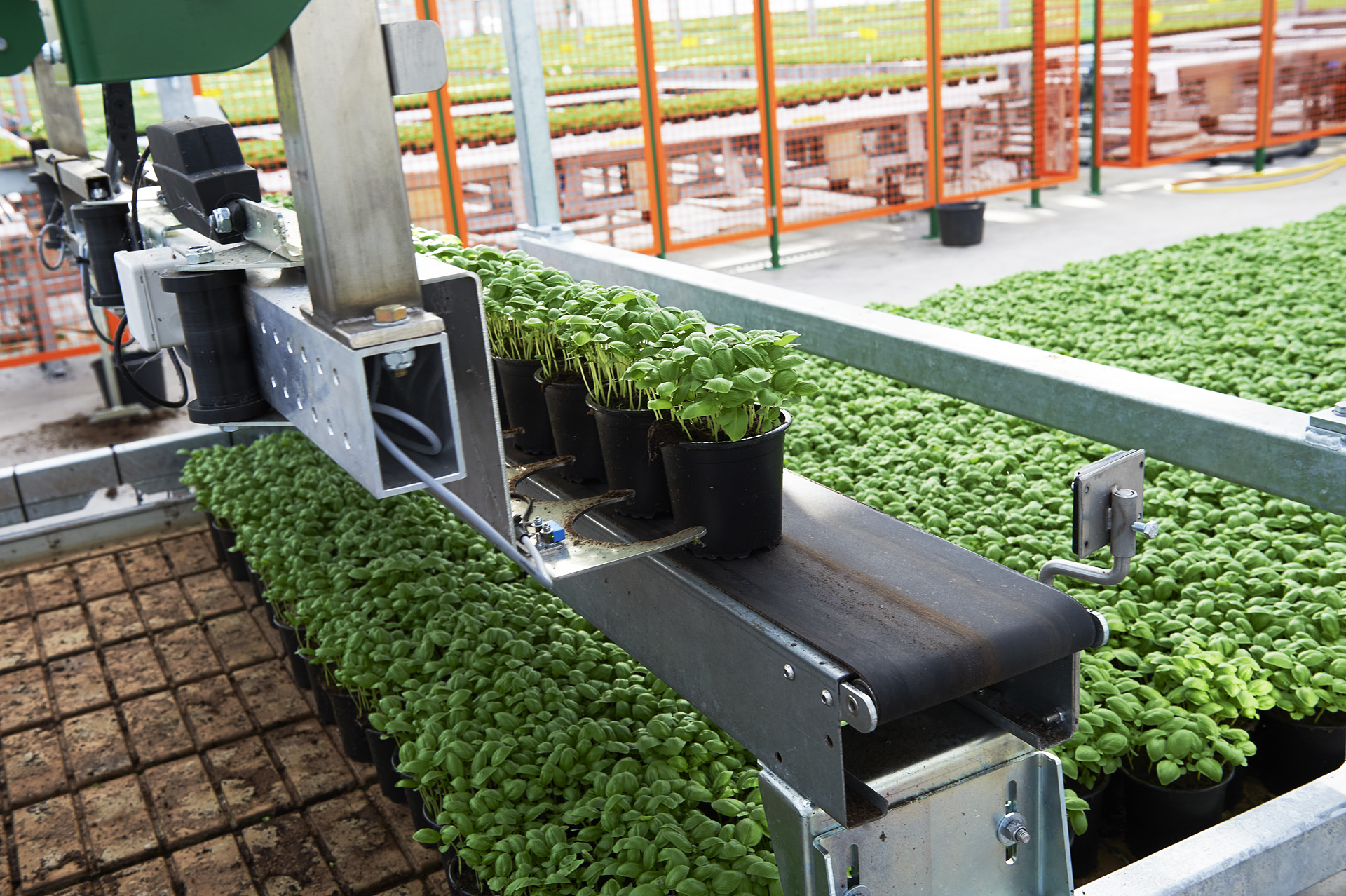A Complete Guide to Starting an Indoor Farm
Welcome to our complete guide on starting an indoor farm. This article will guide you through each step of the process—from grasping the concept to harvesting your first crops.
Indoor farming offers an innovative solution to the limitations of traditional farming, addressing issues like space and resource constraints.
If you’re considering starting an indoor farm, it’s crucial to understand this distinctive farming method, its advantages, and the challenges you may face. Let’s dive in!
The Basic Concept of Indoor Farming
Indoor farming is a modern agricultural method that allows crops to be grown in controlled environments, typically inside buildings or structures rather than in open fields.
This approach differs from traditional farming by providing precise control over key environmental factors such as light, temperature, humidity, and air quality. By manipulating these conditions, indoor farming creates an optimal environment for plant growth, independent of external weather patterns and seasonal changes.
The controlled environment of indoor farming minimizes the risk of pests and diseases, leading to healthier crops and potentially higher yields. This method also allows for year-round production, ensuring a continuous supply of fresh produce.
In summary, indoor farming represents a shift towards sustainable agriculture, leveraging technology to produce food more efficiently and consistently, regardless of external environmental conditions.
The Benefits of Indoor Farming
Indoor farming offers several compelling benefits. As mentioned earlier, one of the primary advantages is the ability to produce crops year-round. This ensures a steady supply of fresh produce throughout the year.
Additionally, indoor farming maximizes resource efficiency by utilizing advanced technologies such as hydroponics, aeroponics, and controlled environment agriculture (CEA). These techniques often result in reduced water usage and more efficient nutrient delivery compared to traditional farming.
Additionally, indoor farming allows for precise control over environmental factors such as light, temperature, and humidity, leading to consistent crop quality and the ability to customize growing conditions for specific plants.
The Challenges of Indoor Farming
However, indoor farming is not without its challenges. The initial costs of setting up an indoor farm can be high due to the need for infrastructure, technology, and energy systems, which can pose a barrier for new entrants or small-scale farmers.
Operating an indoor farm also demands a solid understanding of the technology and systems involved, such as hydroponics, lighting, and environmental controls, which may require specialized knowledge or training.
Market competition is another factor to consider, as the growing popularity of indoor farming could lead to increased competition, particularly in regions with many players in the space.
Indoor farming presents a promising alternative to traditional agriculture, especially in urban and resource-constrained environments. While it offers numerous benefits, careful planning and management are necessary to navigate the challenges it presents.

Envisioning the Start of Your Indoor Farm
The initial step in starting an indoor farm is to develop a clear vision for your farming endeavor. This process includes setting your goals, understanding the market landscape, and conducting a feasibility analysis. In this section, we’ll guide you through these essential stages.
Clarifying Your Vision: Purpose, Scale, and Crop Selection
Start by defining your purpose, which will shape all future decisions. Are you aiming to provide fresh produce for your local community, or are you planning to establish a commercial indoor farm to supply retailers? Determining your purpose early on will help you decide the scale of your operation.
The scale of your farm will influence the types of crops you grow. For a small-scale farm, perhaps for personal use or to serve a local community, you might choose a variety of crops for diverse consumption. On the other hand, a large-scale commercial farm may benefit from focusing on one or two high-demand crops for maximum profitability.
Market Research: Analyze Demand and Competition
Next, thorough market research is crucial. This step involves understanding the demand for the crops you intend to grow and evaluating the competition in your area. For instance, if there’s a strong demand for organic leafy greens with limited local supply, specializing in this produce could be lucrative.
However, if the market is saturated with similar farms, you’ll need to differentiate your farm through crop selection, farming methods, or unique selling points like pesticide-free products or sustainable practices.
Feasibility Analysis: Assessing Space, Budget, and Time
Lastly, perform a feasibility analysis to determine if your indoor farm idea is practical with the resources you have. Consider the space available, your budget for initial setup and ongoing operations, and the time you can commit to managing the farm.
Space is a key consideration; while indoor farming maximizes yield in limited areas, you still need enough room for your operation. Your available space will influence your farm’s design and the amount of produce you can grow.
Your budget is also critical. Although the initial investment can be substantial, especially for larger commercial farms, operational costs tend to be lower than traditional farming, with the potential for a significant return on investment.

Planning How to Start Your Indoor Farm
After envisioning your indoor farm, the next step is to turn that vision into reality through meticulous planning. This involves selecting the right crops, designing your farm layout, and choosing the appropriate farming methods.
Choosing Your Crops: Key Factors and Suggestions
One of the first decisions you’ll make is selecting the crops you want to grow. Your choice should be guided by your market research and the specific conditions of your farm.
Some crops are particularly well-suited for indoor farming, such as leafy greens like lettuce, spinach, and kale, which thrive due to their fast growth and high yields. Herbs like basil and mint are also common choices.
However, you’re not limited to these options. The controlled environment of an indoor farm allows you to cultivate a wide variety of crops throughout the year. Consider market demand, your preferences, and the specific needs of each crop, such as light and nutrient requirements.
Designing Your Indoor Farm: Layout, Lighting, and Climate Control
The design of your indoor farm is a critical component of your planning process. This includes organizing the physical layout of your farm and implementing effective lighting and climate control systems.
Your farm layout should maximize space efficiency. The goal is to grow as many plants as possible within your available space while ensuring they all receive adequate light, air, and water.
LED lighting is commonly used in indoor farms because it can be adjusted to provide the ideal light spectrum for different crops. These lights are energy-efficient and can significantly enhance plant growth.
Climate control is another essential aspect. By regulating temperature, humidity, and CO2 levels, you can create the optimal growing environment for your crops.
Starting an indoor farm can be a fulfilling and profitable venture. By clearly defining your vision, conducting thorough market research, and carefully analyzing feasibility, you’ll be well-prepared to bring your farming dream to life.
Choosing the Right Indoor Farming System: Why a Moving Gutter System is Ideal
Selecting the appropriate farming system is crucial to the success of your indoor farm. The right system not only optimizes your growing conditions but also enhances efficiency and yield, ensuring you get the most out of your investment.
Among the various options available, the Moving Gutter System stands out as a highly effective choice for many indoor farming operations.
The Moving Gutter System: A Superior Option
The Moving Gutter System is an innovative hydroponic method that offers several advantages for indoor farming. In our system, plants are grown in long, narrow channels—or gutters—that move along a controlled path. This movement allows the plants to receive consistent light exposure, optimal nutrient distribution, and uniform growth conditions.

Scaling Your Indoor Farm
As your indoor farm thrives, consider scaling up by evaluating performance, exploring expansion opportunities, and leveraging technology.
Evaluating Your Farm’s Performance
Track key performance indicators (KPIs) such as yield per square foot, crop cycle time, and resource efficiency. Compare these metrics with industry benchmarks to identify areas for improvement before scaling up.
Exploring Expansion Opportunities
Consider adding new crops, utilizing additional spaces, or entering new markets to diversify and expand your farm’s reach. This can enhance resilience and increase revenue streams.
Leveraging Technology
Technology plays a crucial role in scaling. Automation can streamline operations, while data analysis helps you understand performance and make informed decisions. Implementing advanced systems for irrigation, climate control, and monitoring can boost efficiency and manage larger operations effectively.

Conclusion on How to Start Your Own Indoor Farm
Starting and running an indoor farm involves detailed steps from conceptualization to harvesting and scaling. By following these guidelines, you’ll navigate the challenges and opportunities of indoor farming, leading to a successful and productive operation.
How Viemose DGS Can Support Your Indoor Farming Operation
Starting an indoor farming operation can be complex, but Viemose DGS can simplify the process. We provide customized solutions tailored to your specific needs, whether for a small-scale or large commercial setup.
Our expertise in designing efficient layouts, selecting the right technology, and implementing advanced systems, like automated irrigation and climate control, ensures your farm operates smoothly and effectively.
Viemose DGS also offers essential support and training to help you navigate the learning curve of indoor farming. We assist with feasibility analysis and market insights, helping you understand the potential and plan accordingly. As your farm grows, we provide scalable solutions to expand production and maintain efficiency.
By partnering with Viemose DGS, you gain access to expert guidance, cutting-edge technology, and comprehensive support, setting you up for success in the indoor farming industry.





